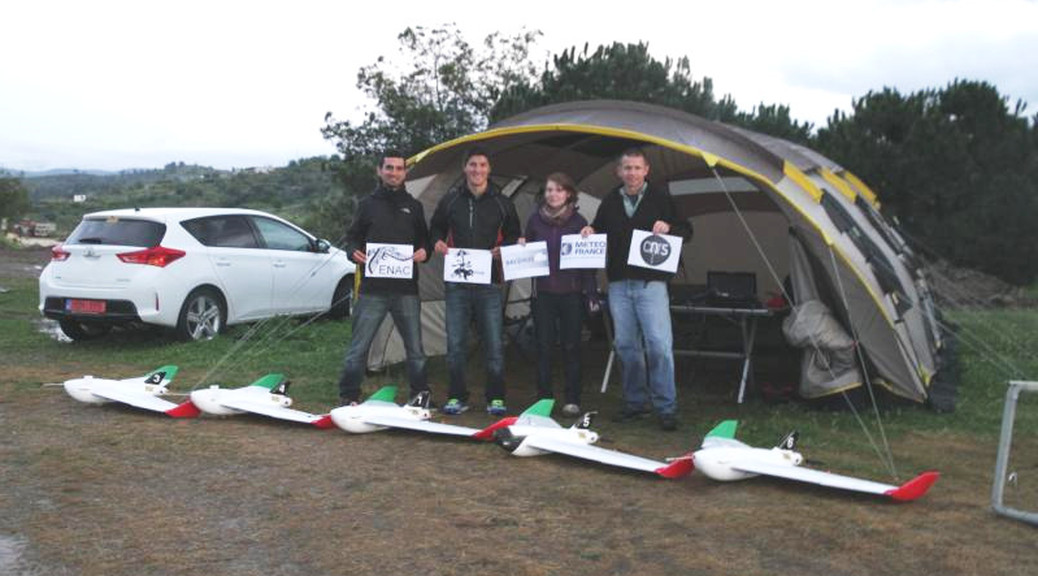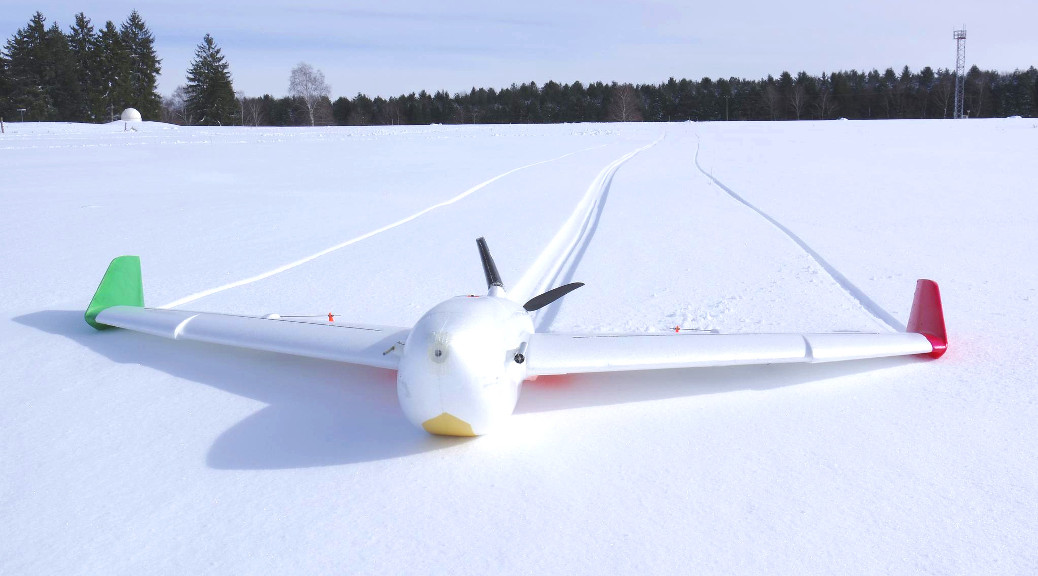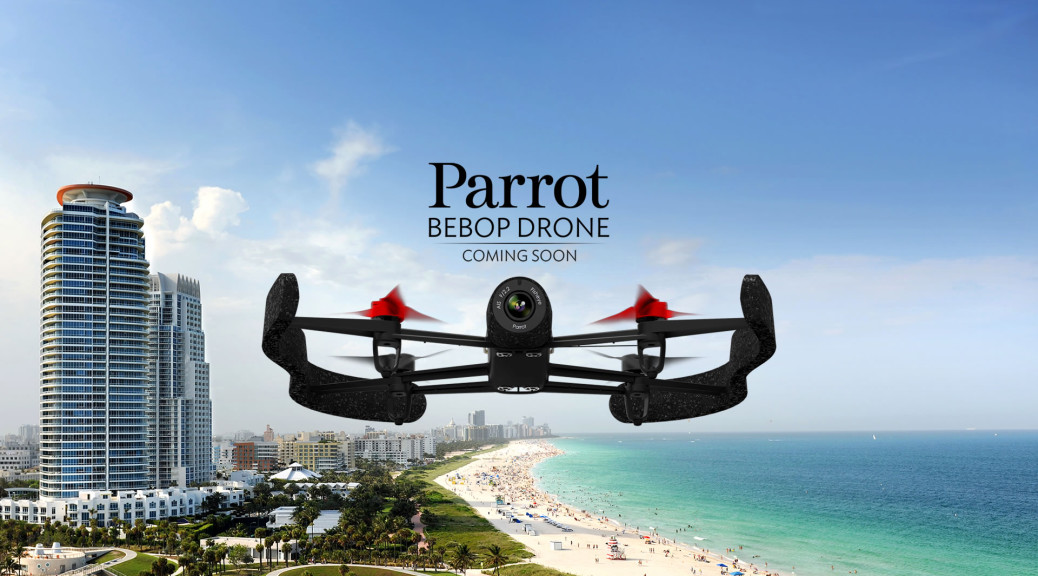 If you are on Facebook you might be happy to hear that we now have a Paparazzi UAV Facebook page. Join us there and like our page. We hope this is another good way to follow along with the project and the community.
If you are on Facebook you might be happy to hear that we now have a Paparazzi UAV Facebook page. Join us there and like our page. We hope this is another good way to follow along with the project and the community.
TU Delft Student Challenge 2015
Students at the TU Delft MavLab compete with ARDrones running Paparazzi to fly seamlessly around obstacles without injuring the aircraft. The object to autonomously avoid all obstacles. This is a fantastic demonstration of the flexibility of the Paparazzi system and its ability to fly accurately around waypoints.
Paparazzi at the National Center for Meteorological Research
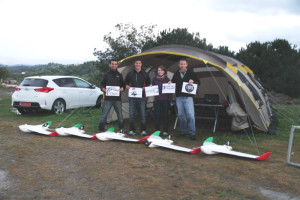 The National Center for Meteorological Research (CNRM-GAME, Toulouse, France) conducted an airborne experiment in Cyprus in March 2015 as part of the BACCHUS project. The main goal of CNRM‘s contribution is to complement the ground-based observations of aerosol and cloud condensation nuclei with airborne measurements to characterize the vertical distribution of aerosol, radiative fluxes, 3D wind vectors and meteorological state parameters. As payloads were limited to 500g (and total weight < 2.5kg), multiple RPAS (remotely piloted aircraft systems) were instrumented for a specific scientific focus. The Paparazzi system was used to navigate the RPAS. During the campaign, airborne measurements were taken over 4 weeks (5 March to 2 April, 2015) with 52 research flights and 38 hours of flight time. Vertical profile were regularly sampled up to 2100 m.asl (limited by authorized flight ceiling) and often observed the layers of dust originating from the Arabian Peninsula and the Sahara Desert. RPAS profiles generally show a well-mixed boundary layer and compare well with ground-based LIDAR observations. Flights below and within clouds were also coordinated with satellite overpasses to perform ‘top-down’ closure of cloud micro-physical properties.
The National Center for Meteorological Research (CNRM-GAME, Toulouse, France) conducted an airborne experiment in Cyprus in March 2015 as part of the BACCHUS project. The main goal of CNRM‘s contribution is to complement the ground-based observations of aerosol and cloud condensation nuclei with airborne measurements to characterize the vertical distribution of aerosol, radiative fluxes, 3D wind vectors and meteorological state parameters. As payloads were limited to 500g (and total weight < 2.5kg), multiple RPAS (remotely piloted aircraft systems) were instrumented for a specific scientific focus. The Paparazzi system was used to navigate the RPAS. During the campaign, airborne measurements were taken over 4 weeks (5 March to 2 April, 2015) with 52 research flights and 38 hours of flight time. Vertical profile were regularly sampled up to 2100 m.asl (limited by authorized flight ceiling) and often observed the layers of dust originating from the Arabian Peninsula and the Sahara Desert. RPAS profiles generally show a well-mixed boundary layer and compare well with ground-based LIDAR observations. Flights below and within clouds were also coordinated with satellite overpasses to perform ‘top-down’ closure of cloud micro-physical properties.
ENAC Flying Paparazzi Aircraft at the Atmospheric Research Center of Lannemezan
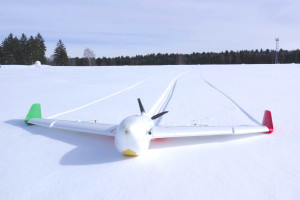 The ENAC team has been flying several aircraft (X6-Skywalker, Easystar, Funjet) at the Atmospheric Research Center of Lannemezan, close to the Pyrenees in the south of France. The goal was to prepare several meteorological planes for research studies held by Meteo France that will be held next month in Cyprus. Weather conditions were pretty harsh some times, with snow and icy fog, but also provided some really nice pictures, and of course interesting flights up to 1400m AGL with meteorological instruments.
The ENAC team has been flying several aircraft (X6-Skywalker, Easystar, Funjet) at the Atmospheric Research Center of Lannemezan, close to the Pyrenees in the south of France. The goal was to prepare several meteorological planes for research studies held by Meteo France that will be held next month in Cyprus. Weather conditions were pretty harsh some times, with snow and icy fog, but also provided some really nice pictures, and of course interesting flights up to 1400m AGL with meteorological instruments.
See this video of the previous campaign:
Or this other video of the first tests of automatic bungee takeoff for the heavier planes (up to 2.5kg):
Paparazzi on the Parrot Bebop
The TU Delft MAVlab team made a great video showing off the ease of use of the Paparazzi UAV system on the new Parrot Bebop platform.
Paparazzi V5.4 Release
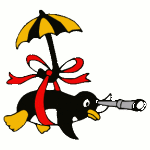 The Paparazzi Development Team is pleased to announce the release of a brand new version of Paparazzi; v5.4, giving you the option to enjoy lots of new features and improvements, happy new year!
The Paparazzi Development Team is pleased to announce the release of a brand new version of Paparazzi; v5.4, giving you the option to enjoy lots of new features and improvements, happy new year!
If you’re curious to know what has been added and improved you can, go here for an overview. For your enjoyment and to view what all those changes look like, click here.
If you are already using paparazzi with Git, to enjoy all improvements you can switch to this new version via:
git remote update && git checkout v5.4.
If you are new to Paparazzi and want to join in flying it, you can you can simpy download a tarball or get the source code via:
git clone https://github.com/paparazzi/paparazzi.git -b v5.4.
BBC Interview with Bart Remes
Great BBC interview with Bart Remes, head of the Mavlab at TU Delft. Bart shows off the Lisa/S Nano Quadcopter and comments on the usefulness and safety of sub-miniature UAV.
Parrot Bebop Paparazzi Integration
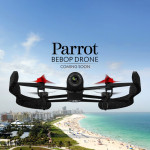 As you know paparazzi is a very modular platform. To show the world how modular we are, we worked hard on implementing paparazzi into the Parrot Bebop. At the Micro Aerial Vehicle Laboratory (MAVLab) of Delft University of Technology faculty Aerospace engineering (TU Delft) we received a pre-production model of the Bebop. We did our best to have paparazzi integrated before the launch of the Bebop. If you want to follow the progress check our (youtube channel).
As you know paparazzi is a very modular platform. To show the world how modular we are, we worked hard on implementing paparazzi into the Parrot Bebop. At the Micro Aerial Vehicle Laboratory (MAVLab) of Delft University of Technology faculty Aerospace engineering (TU Delft) we received a pre-production model of the Bebop. We did our best to have paparazzi integrated before the launch of the Bebop. If you want to follow the progress check our (youtube channel).
4 hours after reception of the Bebop
8 hours later after hacking the ESC check-sum we had our First Flight!!!!
4 hours later our first autonomous outdoor flight in paparazzi !!!
Building the Lisa/S Nano Quadcopter
The TU Delft MAVlab team has created an engaging tutorial showing the step by step assembly of the new Lisa/S Nano Quadcopter. With these instructions you will be flying in no time! 🙂
Paparazzi on the Parrot ARDrone
The TU Delft MAVlab team have made a series of tutorials for the Parrot ARDrone. Showing off the ease of use of the Paparazzi UAV system on the platform.
Getting started
Autonomous Flight
